BENEVENTO
The Site
The CHURCH OF SANTA SOFIA is one of the most complex and best preserved structures of the period of Arechi II, Duke of Benevento. The Church was built around 760 as a personal chapel and natio¬nal Sanctuary by the Duke, for redemption of his soul and salvation of his people and nation.
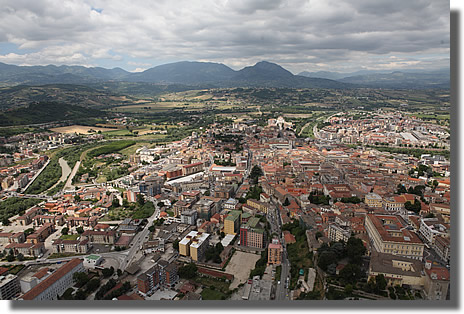
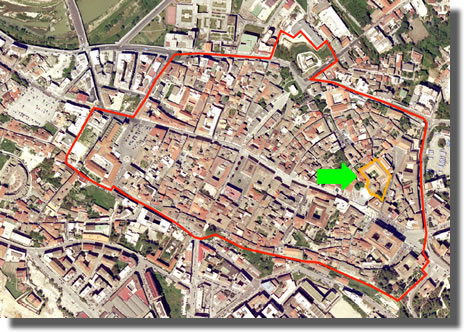

The interior space of the characteristic central structure is divided by columns and pillars laid out to form an hexagon and a concentric decagon; the columns re-use capitals from the classical era, placed upside down to form bases.
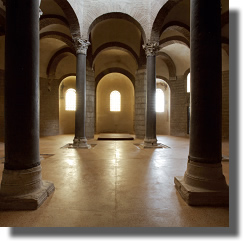
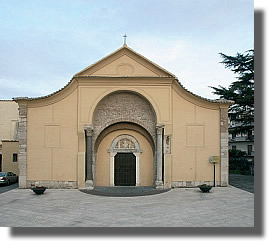
The Church, with its star layout, is extremely original and is the result of a blend of Roman-Hellenist and Byzantine tradition (the characteristic eastern architecture with a centred plan from the 5th and 6th centuries) align with the tendency to experiment that was part of Longobard culture, and in this building it comes through once again by the intentional use of recycled spolia.

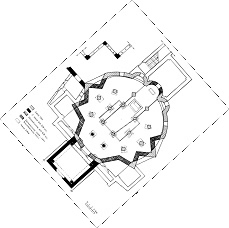
The ancient Church also shows the renewed interest in buildings with centred plans that spread especially in northern Europe from the Carolingian period and mainly for palace chapels.
In the two minor apses there are the most important fragments of the wall paintings dedicated to stories of the life of Christ, which pro¬bably covered the entire interior surface of the Church, the highest evidence of the pittura beneventana, an art movement parallel to the scriptura beneventana phenomenon, the national script of the Longobards in Southern Italy, also used in Monasteries to tran¬scribe works from antiquity.
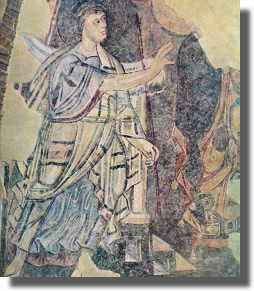
A female Convent was annexed to the church of Santa Sofia, whose extraordinary CLOISTER, rebuilt in Romanesque times, re-uses a some elements from the original Longobard construction
The complex is the maximum expression of the ideology of power, having been founded by duke Arechi ii to serve as a national temple and votive chapel for the Longobard people.

Its original purpose was the maximum expression of Longobard sovereignty and of the link with local christian élites, which was also behind the dedication in line with that of St. Sophia in Constantinople.


